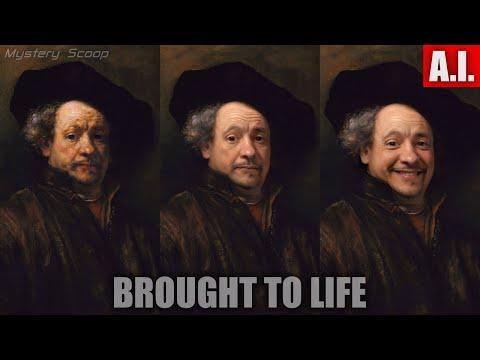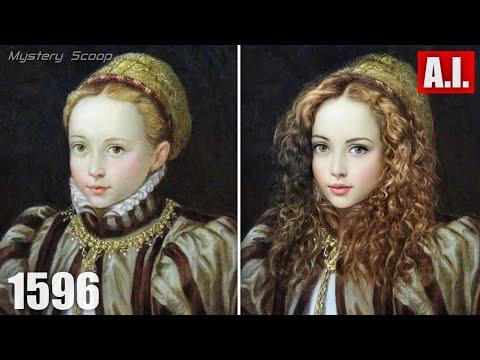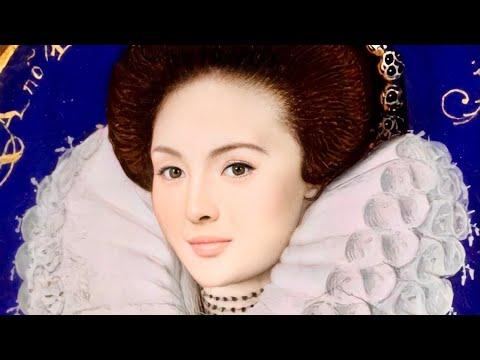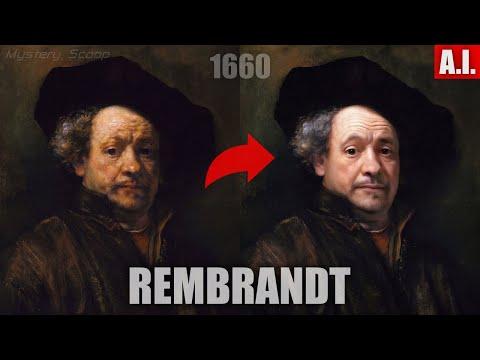Description
Wolfgang Amadeus Mozart, posthumous portrait by Barbara Krafft based on painting "Mozart family" from c.1780 by Johann Nepomuk della Croce.
The photo of the subject has been digitally manipulated and brought to life using AI technology (neural networks). Image has been enhanced, colorized and facial motion added (including smiling, ageing etc.), using AI tools and Photoshop. This video is part of a series where historical figures are brought to life using AI technology. AI recreated portraits may not be historically accurate.
Wolfgang Amadeus Mozart (27 January 1756 – 5 December 1791, aged 35), baptised as Johannes Chrysostomus Wolfgangus Theophilus Mozart, was a prolific and influential Austrian composer of the Classical period. Despite his short life, his rapid pace of composition resulted in more than 800 works of virtually every genre of his time. Many of these compositions are acknowledged as pinnacles of the symphonic, concertante, chamber, operatic, and choral repertoire. Mozart is among the greatest composers in the history of Western music, and his elder colleague Joseph Haydn wrote: "posterity will not see such a talent again in 100 years".
Born in Salzburg, in the Holy Roman Empire, Mozart showed prodigious ability from his earliest childhood. Already competent on keyboard and violin, he composed from the age of five and performed before European royalty, embarking on a grand tour and then three trips to Italy. At 17, Mozart was engaged as a musician at the Salzburg court but grew restless and travelled in search of a better position.
While visiting Vienna in 1781, he was dismissed from his Salzburg position. He chose to stay in Vienna, where he achieved fame but little financial security. During his final years in Vienna, he composed many of his best-known symphonies, concertos, and operas, and portions of the Requiem, which was largely unfinished at the time of his early death at the age of 35. The circumstances of his death are largely uncertain, and have thus been much mythologized.
---

























